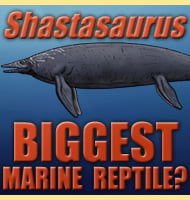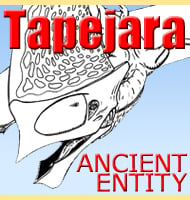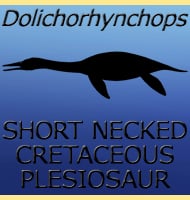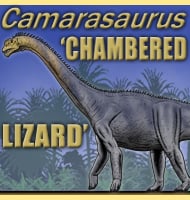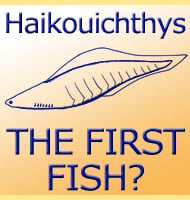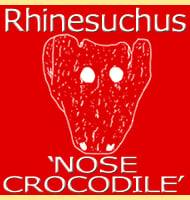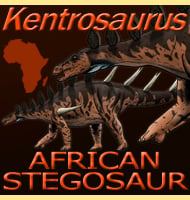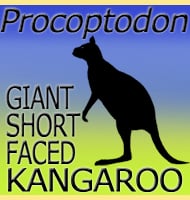In Depth
Despite the fact that Mythunga is only known from a partial skull it is still one of the best preserved Australian pterosaur fossils which are in themselves rare from Australia. This is not to say that Australia didn’t have its fair share of pterosaurs, just that they did not preserve very well in the given conditions. Also the harsh natural climate of Australia weathers exposed fossils very quickly, meaning that when one is discovered, palaeontologists must work quickly to prevent erosion to the specimen.
Because of its incomplete preservation the exact position of Mythunga among other pterosaurs has been hard to determine. Also there is speculation that the Mythunga specimen could be that of a juvenile which can actually make it even more difficult to establish its position due to the radical changes that some pterosaurs exhibit as they grow. For example many of the early discovered pterosaurs such as Pterodactylus and Rhamphorhynchus caused a lot of confusion amongst early palaeontologists because the juveniles are so different from the adults that they were thought to be different species. Hopefully better preserved material will come to light to help identify Mythunga, even if it means giving it its own group.
In life Mythunga lived in a coastal area, as discovered by analysis of the deposits it was recovered from. This discovery combined with the sharp teeth of Mythunga that intermeshed when the jaws were closed indicate the piscivorous lifestyle of a fish hunter. Another Australian pterosaur discovered and named in 2011 is Aussiedraco.
Further Reading
– An incomplete pterosaur skull from the Cretaceous of north-central Queensland, Australia, Ralph E. Molnar & Richard A. Thulborn – 2008. – Reappraisal of Mythunga camara Molnar & Thulborn, 2007 (Pterosauria, Pterodactyloidea, Anhangueria) from the upper Albian Toolebuc Formation of Queensland,Australia. – Cretaceous Research. – Adele H. Pentland & Stephen F. Poropat – 2018.

